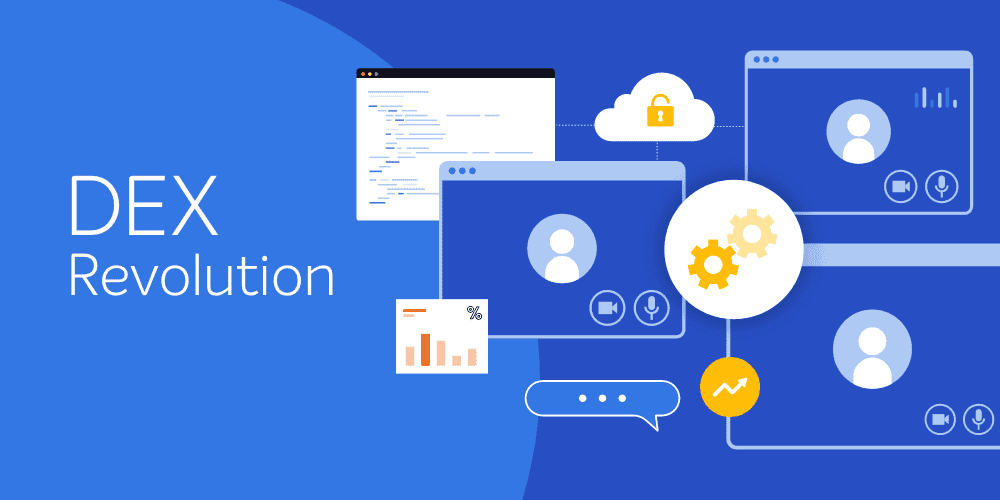Microsoft recently announced its intention to end its Software Asset Management competency. The SAM competency, in addition to 11 other competency subjects, will be retired in 18 months. The news spread like wildfire within the SAM community. Folks that I spoke to asked me my thoughts in my capacity on the ISO SAM working group (ISO 19770) and from my background managing various SAM programs. Perhaps the most intriguing (and very direct) question was “Is SAM dead?”
I answered the question with an emphatic “No, SAM is not dead,” and added, “I think this is a good thing for SAM.” Surprised? Let me explain.
Microsoft, like all vendors, and all businesses, need to evolve continuously. Some call it digital disruption. In short, the thought is that if you do not change, you cease to exist. Let’s look at Microsoft. Microsoft is a very different company today as compared to when it first developed the Software Asset Management competency in 2005. Think of the technology advances (e.g. virtualization), changes in licensing approaches (hear about the one measuring pig’s feet?) and of course, Microsoft itself evolving from a desktop software company to a services and hardware organization. Does SAM fit the new Microsoft?
Taking a step back to 2005, I applauded Microsoft’s entry into the SAM space, even though some associations and vendors had their own SAM efforts. I applauded Microsoft’s entry into SAM for one reason. Given Microsoft’s size, heft, and resources, it would draw more attention to the need (and more importantly, the benefits) for SAM in a way that existing associations and vendors at that time simply did not have the resources to do so.
While I applauded the move, I also thought (and still think) that a vendor with a SAM program, and license compliance program, has an inherent conflict of interest. How do you reasonably help an organization with effective software asset management when you are in the business of selling software? Would vendors reasonably tell a customer, you can optimize your licensing by consolidating, reclaiming and optimizing your software estate without trying to sell them additional software? Or, more likely, are those vendors saying you have X installed, you need to buy Y (and oh, by the way, here are some SAM materials). I think any vendor who acts as both a SAM consultancy, and reseller, has to have this conflict. This conflict, of course, does not help the end-user organization in their SAM pursuit – and may cost them more money.
Against this backdrop of Microsoft and other vendors with dual license compliance and SAM programs, we have a better, industry supported, vendor neutral approach. That approach is the ISO SAM (ISO 19770) set of Standards. During my eight years on the ISO SAM working group, I’ve (and I’m sure my fellow members) welcomed the fact that Standards are built by experts in a neutral, non- vendor biased, process. Once a standard is completed, it gets reviewed and voted on by ISO’s membership of 164 national standards body for content, application, and need. It’s hard, arduous, work – but the reward is a published standard that makes a positive contribution to the world we live in and more importantly, shares good management practices and conformity assessments.
Going back to Microsoft’s entry into the SAM space, it propelled some other vendors into the ISO SAM working group. Without Microsoft’s focus on these standards, ISO 19770 would not have the support of many large vendors including Adobe, EMC, Fujitsu, HP Enterprise, IBM, Symantec, representation from 21 countries around the world, and active participation from other groups including BSA, DMTF, IAITAM, ISACA, itSMF, NIST, TagVault and Trusted Computing group. These organizations know and recognize that the more their customers can automate their license management, the better it is for the whole software market.
As we know, SAM is a key requirement in the move towards service-oriented and cloud-based architectures and virtualization. These transitions will make it difficult and expensive to perform SAM using current, largely manual approaches. Vendor specific approaches aren’t particularly useful for organizations who have, on average, 1800 different applications deployed.
So back to the news, is Microsoft’s end of this competency a bad thing? No. ISO standards fill the need for a vendor-neutral (and industry) supported approach to effective software asset management.
If you want more information on ISO SAM standards visit:
1E is proud to be a part of the ISO SAM working group. Between myself as Secretary, Steve Klos, project editor of the software identification tags (SWID), Jason Keogh, project editor of a new standard to enable encapsulation of details of software entitlements (ENT), including usage rights, limitations, and metrics, 1E is committed to furthering the development of these standards for all users of software.
1E products and solutions are ISO-aligned, including AppClarity, our Software Asset Management solution as well as our vendor audit defense and ISO SAM Implementation and Certification.







